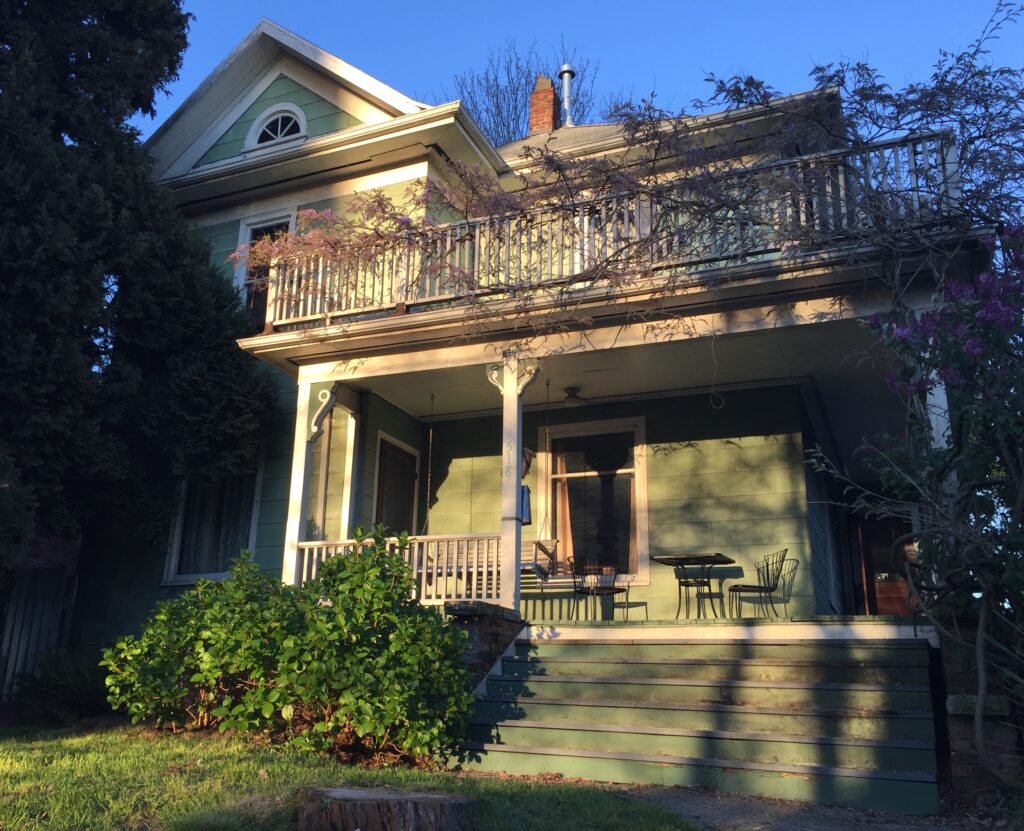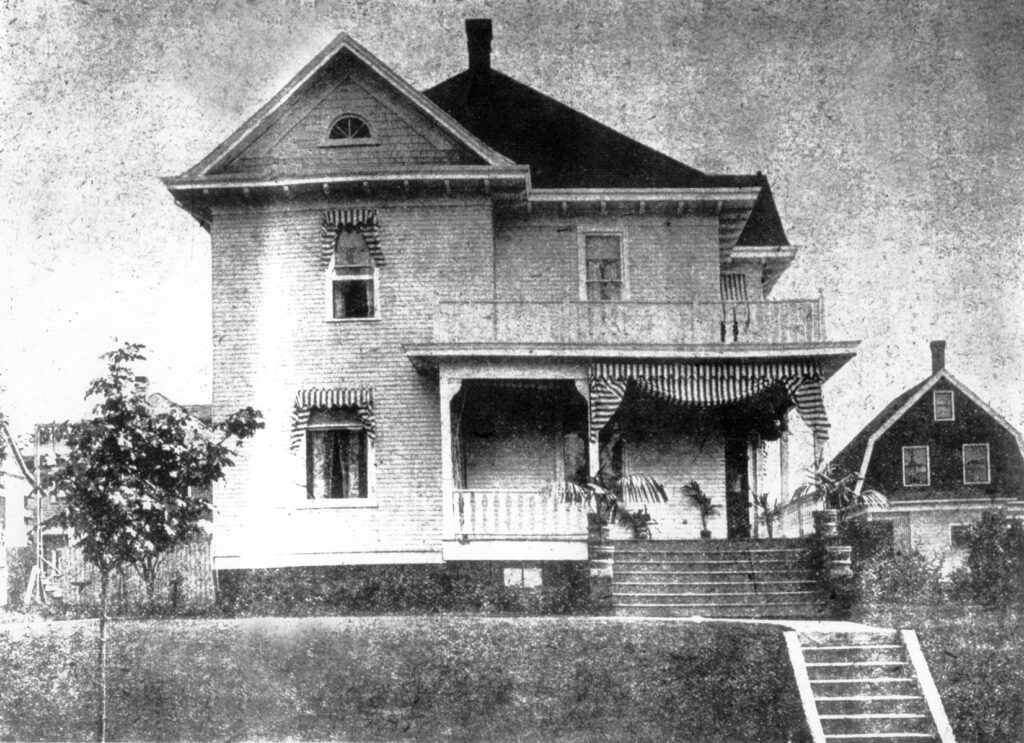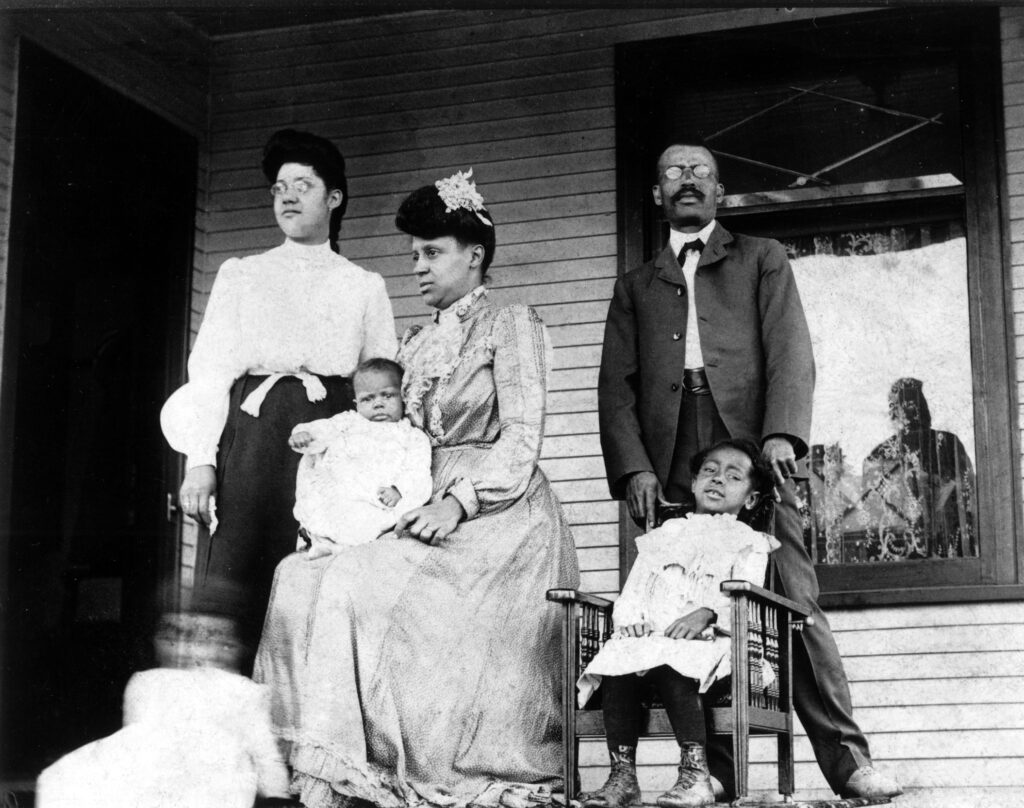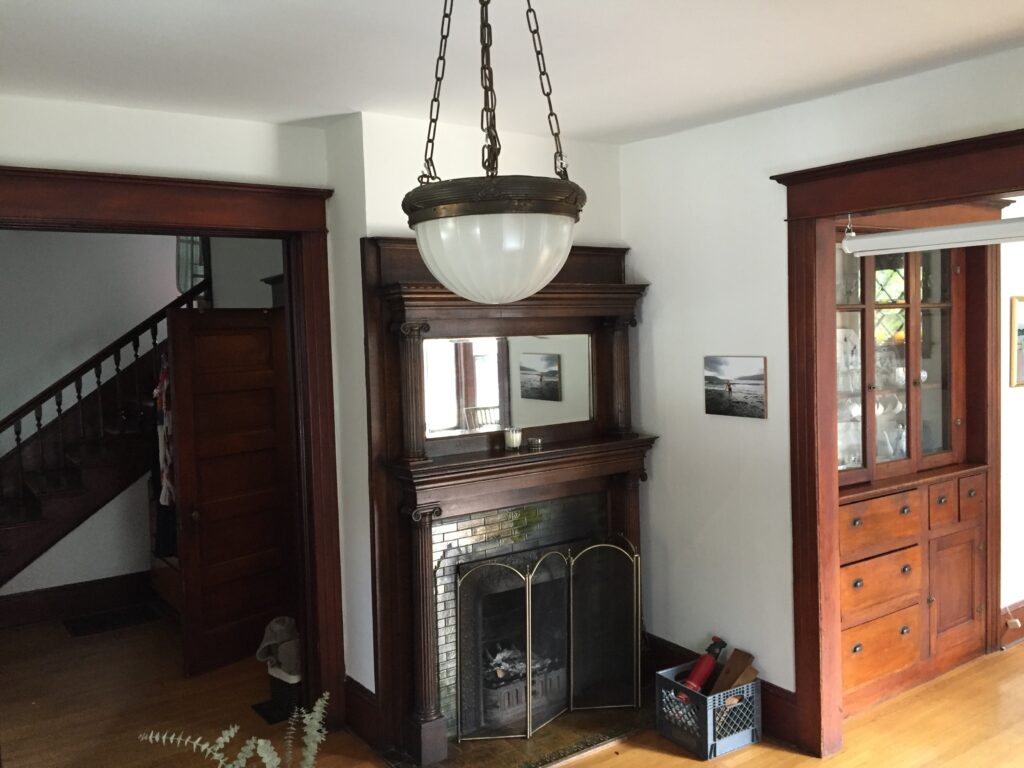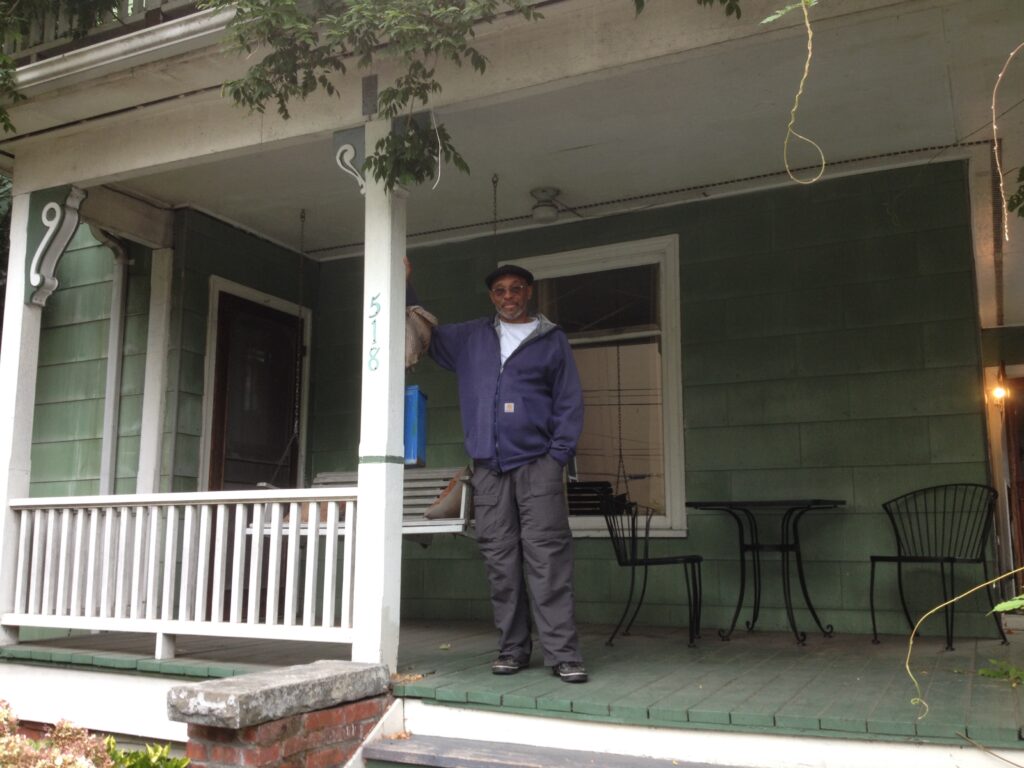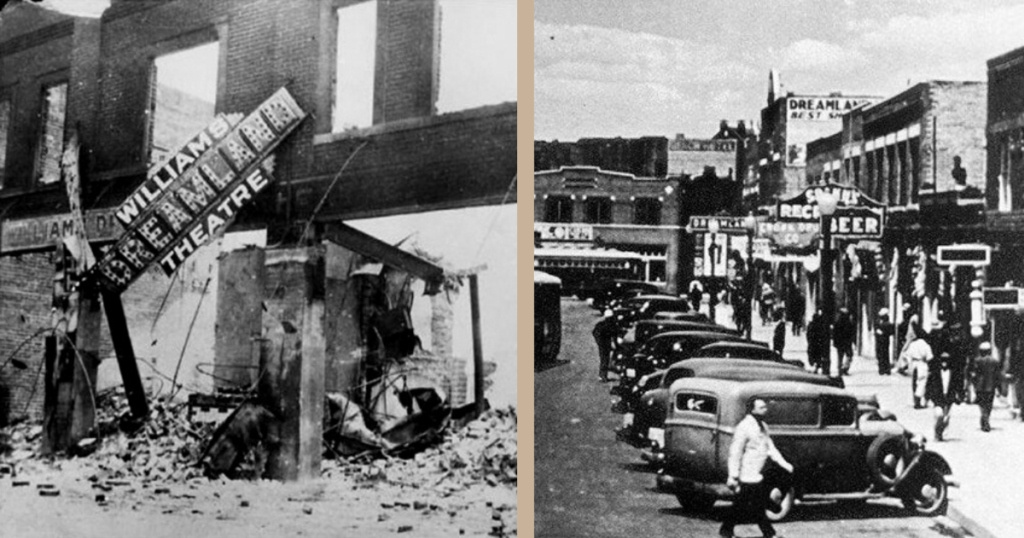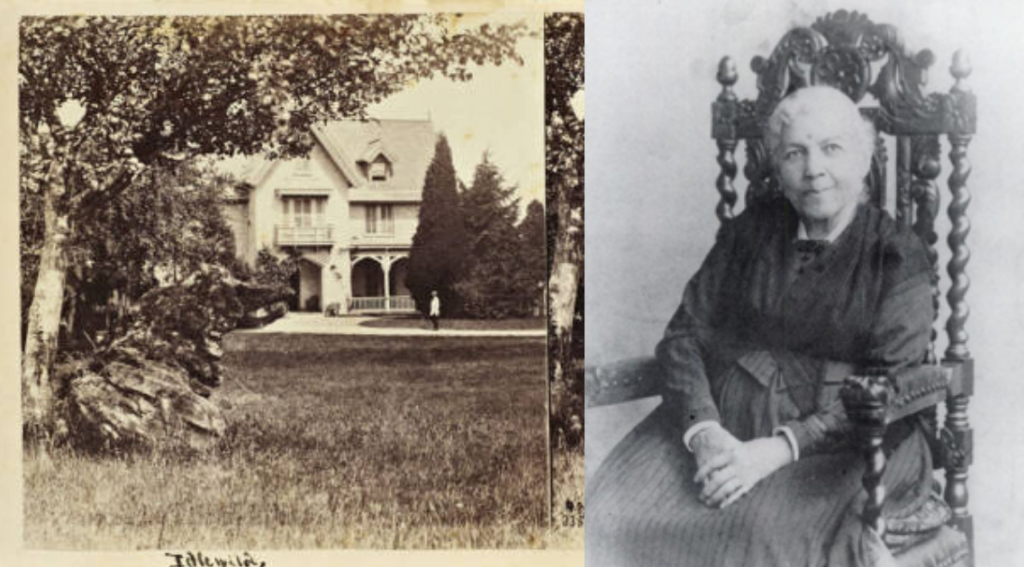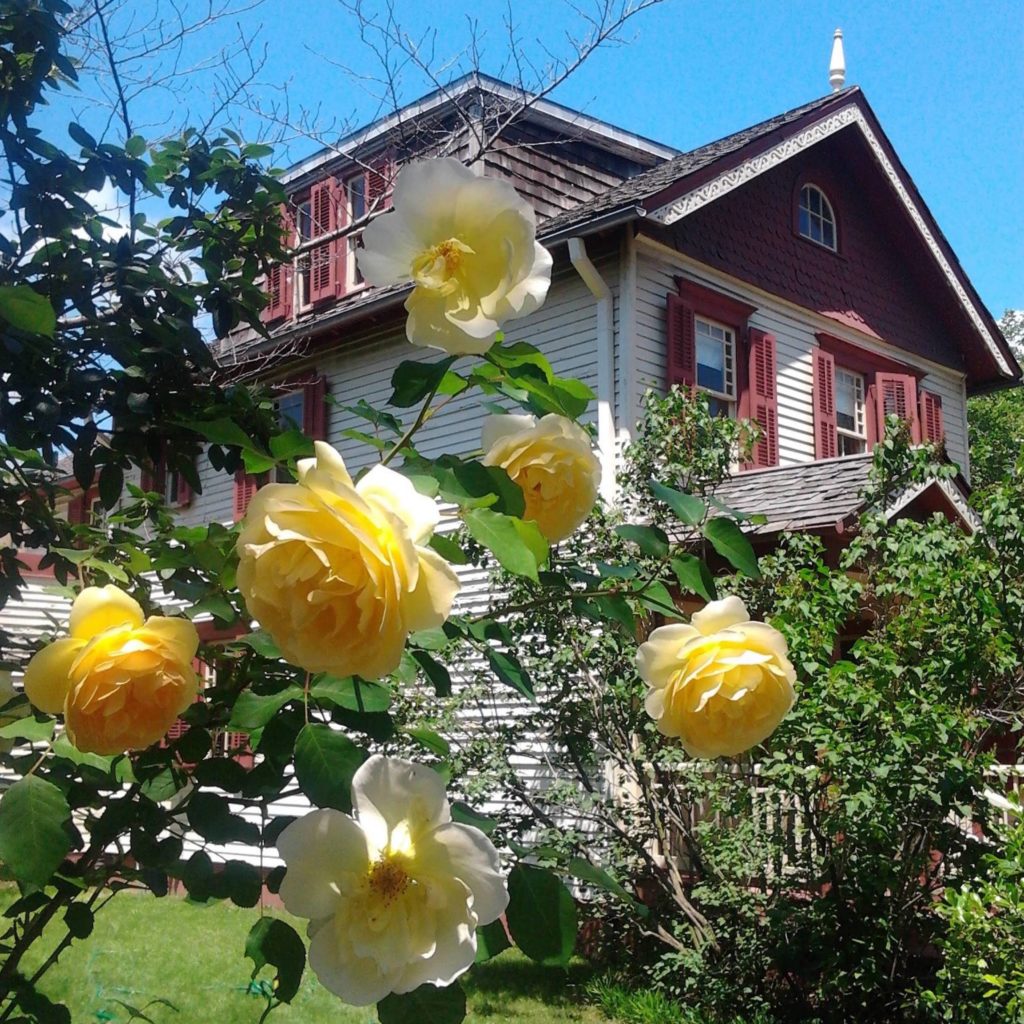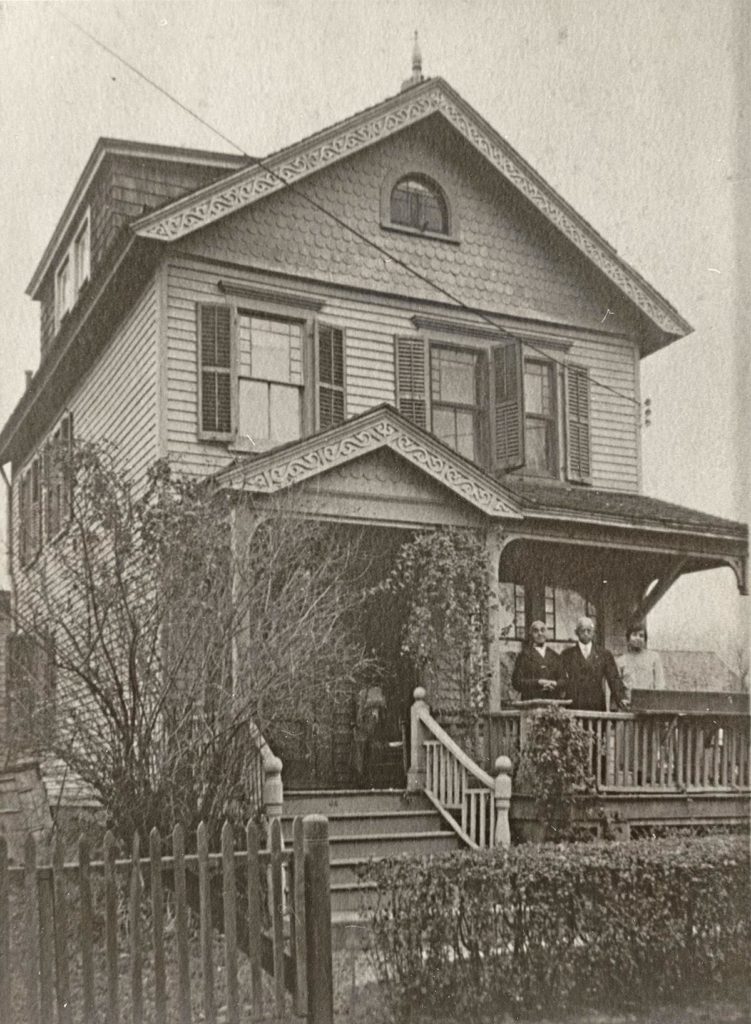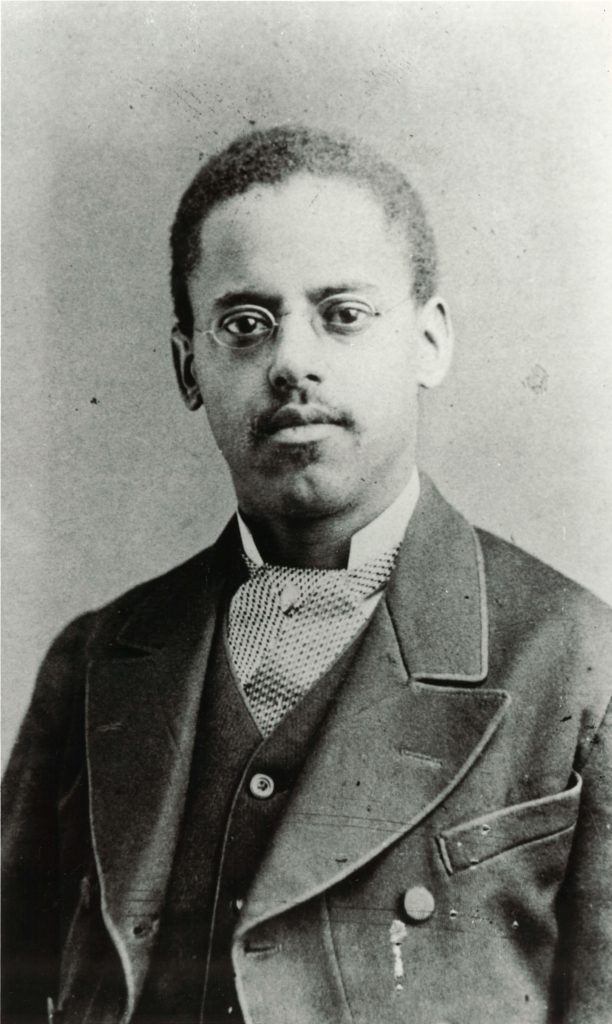This 1890s home was farmed by five families, each with their own story
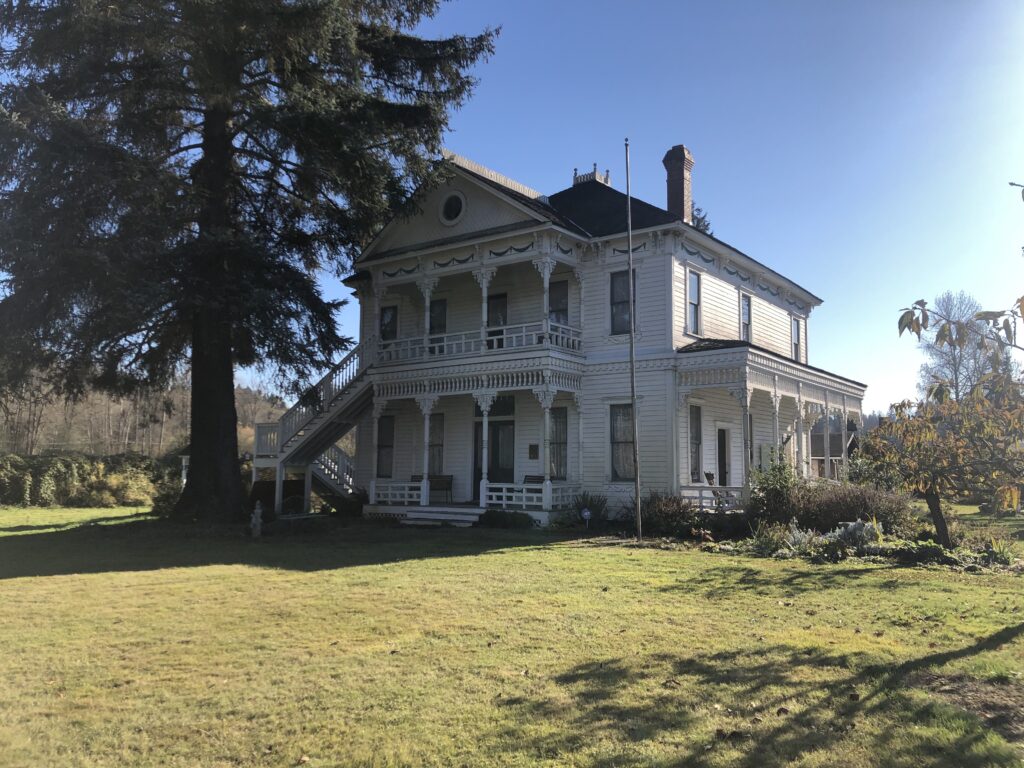
Apple | Spotify | Stitcher | Transcript | Email
In the sixth episode of season 3, Kendra brings you to Neely Mansion in Auburn, Washington. The property was built by the Neely’s: a pioneer family, but it was home to tenant farming families from the early 1900s to the 1980s. Behind the house is a Japanese Bathhouse built by the Hori Family and further back a tool shed used by the Acosta family. We had the pleasure of talking with Julie Acosta who grew up on this farm and worked with her parents here.
This story wouldn’t be possible without the work of the volunteers who saved this house from an uncertain future in 1983. Kendra spoke to many of the women who saved at Neely Mansion. Thank you to Linda, Carol, Karen, and Julie for talking with us. Learn more about Neely Mansion Association on their website and keep an eye out for volunteer opportunities if you are in the area.
Images from the day of the interview were taken by Ada Horne. Tim Cahill created our music. You can find a full transcript of this episode below.
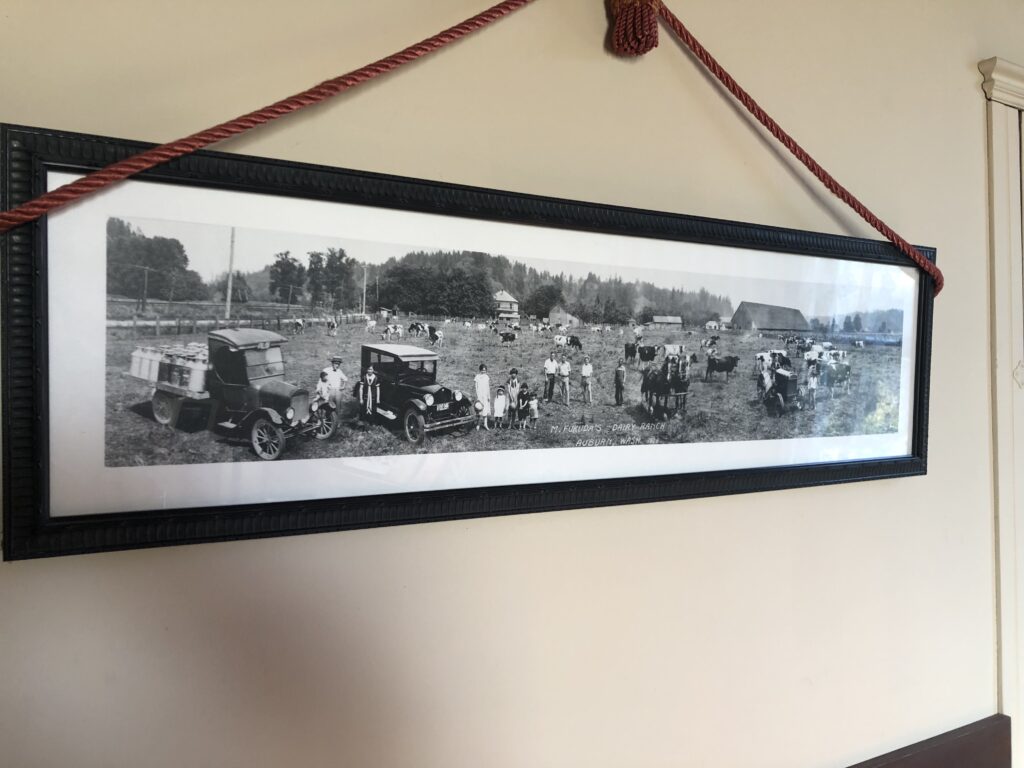
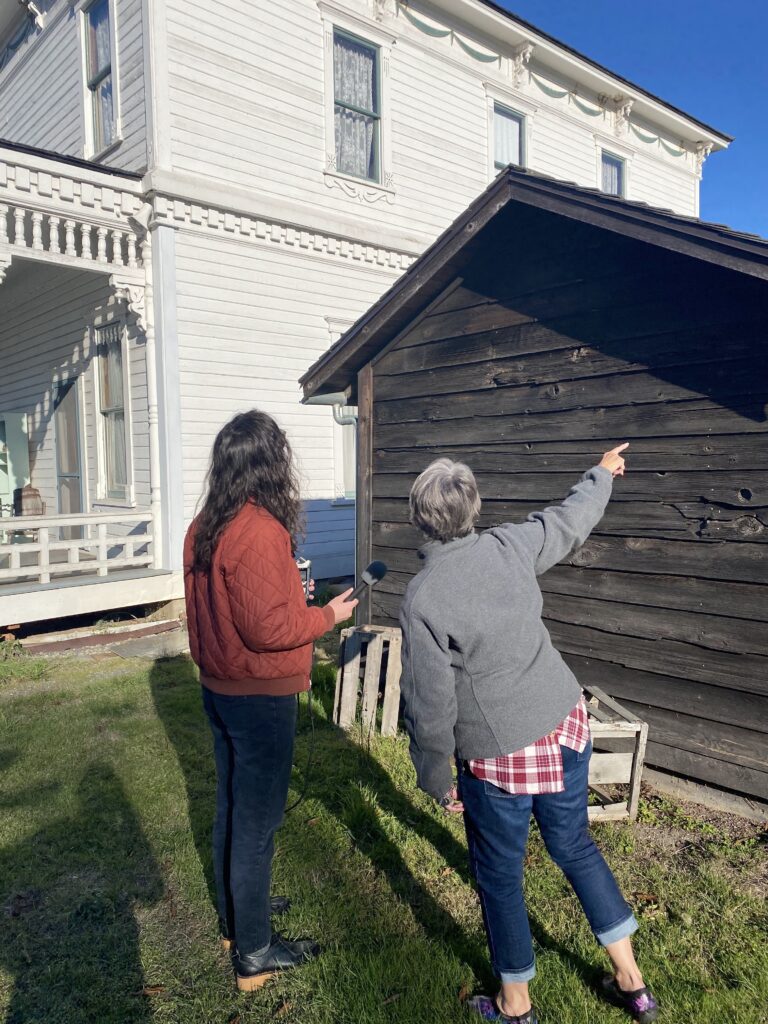
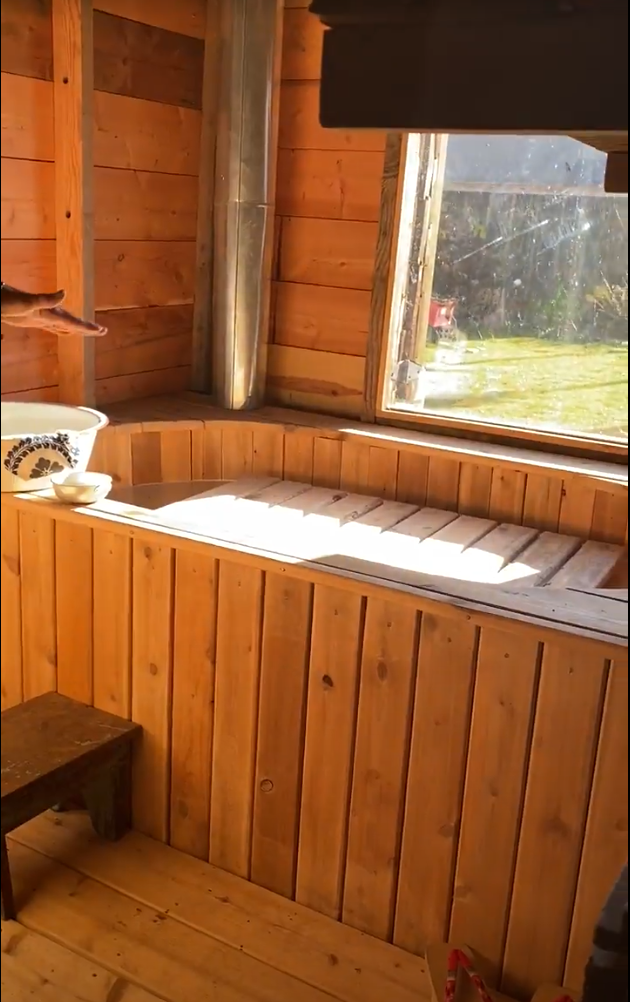
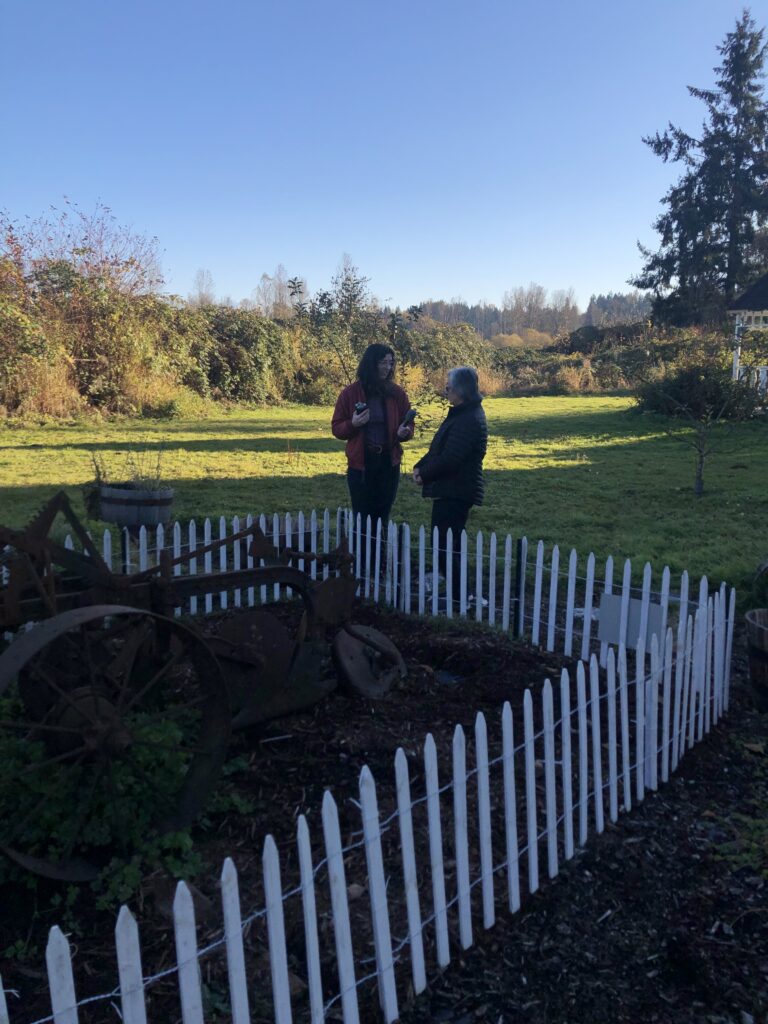
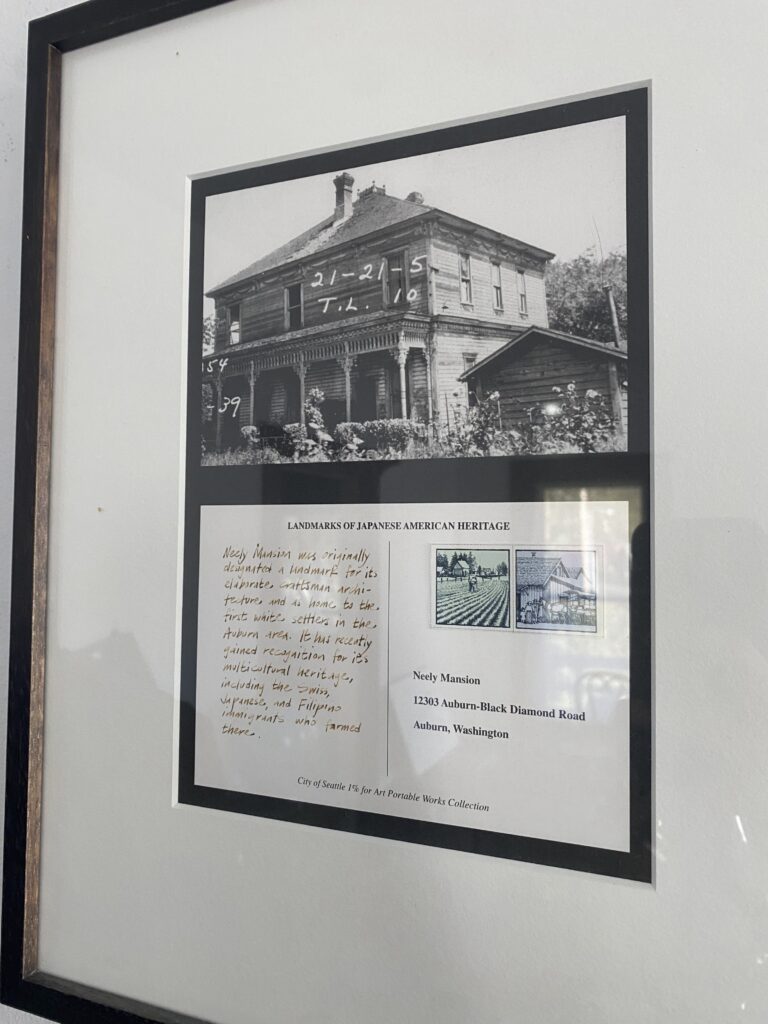
Below is a transcript for S3E6 of Someone Lived Here at The Neely Mansion in Auburn, Washington. If you have any questions about the show or suggestions on how to make it more accessible please reach out at someonelivedhere@gmail.com.
Continue reading “The Hori Bathhouse and Neely Mansion: Tenant Farming in Washington”